Fall Planting
As summer fades and autumn arrives, the gardening world transforms into a palette of rich colors and textures. Fall is not just a time to prepare for winter; it’s an excellent opportunity to plant a variety of plants that will thrive in the cooler temperatures. This guide covers the best plants for fall and offers insights into creating a vibrant, colorful garden that lasts through the colder months.
Fruit Trees: A Long-Term Investment
Fall is the prime season for planting fruit trees. As temperatures cool, trees like apple, pear, and peach establish their roots, allowing them to absorb nutrients from the soil efficiently. This groundwork is essential for healthy growth in the spring.
Choosing the Right Fruit Tree
When selecting a fruit tree, consider your climate and soil type. Apple trees, for example, require a certain number of chilling hours, while citrus trees thrive in warmer climates. Consult local extension services or garden centers for recommendations on varieties that perform best in your area.
Popular Varieties to Consider
- Apple Trees: Varieties such as Honeycrisp and Granny Smith are popular for their flavor and disease resistance.
- Pear Trees: Bartlett and Bosc pears are excellent choices for their sweet fruits and hardiness.
- Peach Trees: Varieties like Elberta and Redhaven are great for warmer climates and produce juicy, flavorful peaches.
Planting and Care Tips
- Site Selection: Choose a location with full sun and well-draining soil. Avoid areas prone to standing water.
- Preparation: Dig a hole that is twice as wide as the root ball and just as deep. Mix compost into the soil for added nutrients.
- Watering: Water the tree thoroughly after planting and continue to keep the soil moist but not waterlogged. Consider using mulch to retain moisture.
Transform Your Garden with Vibrant Annuals
Autumn doesn’t mean the end of colorful blooms. You can create a stunning garden display with a variety of annuals that thrive in cooler weather.
Best Annuals for Fall
- Pansies: These hardy flowers come in an array of colors and can withstand frost, making them perfect for fall planting. They can bloom through winter in milder climates.
- Violas: Similar to pansies but smaller, violas are great for adding ground cover and come in delightful patterns. They often produce more blooms than pansies.
Planting Strategies
- Grouping: Plant in clusters to create focal points in your garden. Grouping plants of the same color can create a striking visual impact.
- Containers: Use pots to add color to patios and walkways. Combining pansies with trailing plants like ivy can create stunning container displays.
Caring for Your Annuals
- Deadheading: Remove spent blooms to encourage more flowers and prolong the blooming season.
- Fertilization: Use a balanced liquid fertilizer every few weeks to support growth and vibrant blooms.
Lawn Care: Planting Grass or Revitalizing Your Existing Lawn
Fall is the ideal time for lawn care, whether you’re starting fresh or revitalizing what you have. Cool-season grasses, such as fescue and Kentucky bluegrass, thrive in fall’s cooler temperatures.
Steps to Establish a New Lawn
- Soil Testing: Conduct a soil test to determine pH and nutrient levels. This will guide your soil amendment choices.
- Preparation: Remove debris, rocks, and weeds from the area. Tilling the soil can improve aeration and nutrient mixing.
- Seeding: Spread grass seed evenly and cover lightly with soil. Consider using a seed starter fertilizer to promote germination.
Amending Your Lawn
If your lawn is thin or patchy, consider aerating and overseeding:
- Aeration: Use a lawn aerator to create holes in the soil, allowing nutrients and water to penetrate deeper. This is especially beneficial for compacted soil.
- Overseeding: Apply a thin layer of grass seed over your existing lawn to encourage new growth. This can fill in bare spots and improve overall lawn density.
Ongoing Lawn Care
- Watering Schedule: Water deeply and infrequently to encourage deep root growth. Aim for about an inch of water per week.
- Mowing: Keep your lawn mowed to a height of 2.5 to 3 inches. This helps shade the soil, reducing weed growth.
Daisies and Chrysanthemums: Fall’s Cheerful Blooms
Daisies and chrysanthemums are synonymous with fall. Their vibrant colors and hardiness make them perfect for brightening up your garden during the cooler months.
Growing Tips for Daisies
- Soil: Daisies prefer well-drained soil with moderate fertility. Adding organic matter can improve soil structure.
- Sunlight: Ensure they get full sun for at least six hours a day. This helps them produce more blooms.
Chrysanthemums: The Classic Fall Flower
Chrysanthemums are available in various shapes and colors, making them a favorite for fall gardens.
- Watering: Water regularly but avoid wetting the foliage to prevent disease. Drip irrigation can be beneficial.
- Fertilization: Use a balanced fertilizer to promote blooming. A slow-release fertilizer can provide nutrients throughout the growing season.
Caring for Your Fall Blooms
- Cutting Back: After blooming, cut back spent flowers to encourage a second bloom and tidy up the garden.
- Overwintering: In colder regions, mulch around the base to protect the roots during winter.
Cultivating Lavender: A Fragrant Addition
While often associated with summer, lavender can also be planted in the fall. Its drought-tolerant nature makes it an excellent choice for gardeners looking to conserve water.
Benefits of Lavender
- Pollinator Friendly: Attracts bees and butterflies, enhancing biodiversity.
- Aromatic Qualities: Provides a lovely scent that can deter pests and promote relaxation.
Planting and Maintenance
- Soil Requirements: Lavender thrives in sandy, well-drained soil. Consider adding sand or gravel to improve drainage.
- Pruning: Prune after flowering to encourage bushier growth. This also helps maintain a compact shape.
Uses of Lavender
- Culinary Uses: Lavender can be used in cooking and baking, adding a unique flavor to dishes.
- Crafts and Decor: Dried lavender makes excellent sachets and potpourri, providing fragrance for your home.
Ornamental Cabbages: Unique Fall Foliage
Ornamental cabbages and kales are fantastic for adding visual interest to your garden during fall and winter. Their vibrant colors and interesting textures stand out against the backdrop of autumn foliage.
Planting Ornamental Cabbages
- Spacing: Space them about 12-18 inches apart to allow for growth. They can also be planted closer for a fuller appearance.
- Watering: Keep the soil consistently moist but not soggy. Mulching can help retain moisture and suppress weeds.
Creative Uses
- Borders and Containers: Use ornamental cabbages as borders or in containers for an eye-catching display. Mixing them with pansies creates a dynamic fall arrangement.
- Seasonal Displays: Combine with pumpkins and gourds for a festive autumn look.
Tropical Touch: Crotons and Hibiscus for Warm Zones
In warmer climates, you can extend the gardening season with tropical plants like crotons and hibiscus. Their bold colors and lush foliage bring warmth to the fall garden.
Crotons: A Splash of Color
Crotons are known for their vibrant leaves in hues of yellow, red, and orange.
- Light Requirements: They thrive in bright, indirect sunlight but can also tolerate some direct sun.
- Watering: Allow the top inch of soil to dry out between waterings. Be cautious of overwatering, which can lead to root rot.
Hibiscus: Bold and Beautiful
Hibiscus plants produce large, showy blooms that can last until the first frost.
- Planting Tips: Plant in well-draining soil and ensure they receive full sun for optimal blooming.
- Fertilization: Use a high-potassium fertilizer to encourage blooming. Liquid fertilizers can provide nutrients quickly.
Caring for Tropical Plants
- Pruning: Regularly prune to encourage bushier growth and remove spent flowers.
- Winter Care: In cooler regions, bring potted plants indoors to protect them from frost.
Planting Bulbs for a Spring Surprise
Fall is the perfect time to plant spring-blooming bulbs, ensuring a burst of color when winter finally fades away. Bulbs like tulips, daffodils, and hyacinths are great choices.
Selecting Bulbs
- Variety: Choose a mix of early, mid, and late bloomers for a prolonged flowering season. Early bloomers like crocuses can pop up as soon as the snow melts.
- Quality: Select firm, healthy bulbs to ensure robust growth. Avoid bulbs with soft spots or mold.
Planting Guidelines
- Depth: Plant bulbs at a depth of two to three times their height. This varies slightly by species, so check specific requirements.
- Spacing: Space bulbs according to the type, generally about 6-8 inches apart for larger bulbs like tulips and closer for smaller varieties.
Caring for Bulbs
- Watering: Water after planting to settle the soil, then avoid overwatering until spring.
- Fertilization: Apply a bulb fertilizer at planting time to promote healthy root growth.
Other Fall Favorites: Expanding Your Plant Palette
While the aforementioned plants are excellent choices, numerous other species thrive in fall. Here are a few more to consider:
Asters: Late-Blooming Perennials
Asters provide a stunning array of colors in late fall. Their daisy-like blooms attract pollinators and add a burst of color to the garden.
- Planting: Space them about 12-18 inches apart to allow for good air circulation.
- Care: Regular deadheading will promote a longer blooming period.
Snapdragons: Hardy Annuals for Fall
These charming flowers are not only beautiful but also resilient, making them perfect for fall gardens. Snapdragons come in various heights and colors, adding depth to your planting design.
- Planting Tips: They prefer rich, well-drained soil and can be sown directly in the garden or started indoors.
- Care: Regularly water, especially during dry spells, and pinch back tips to promote bushier growth.
Sedums: Low-Maintenance Succulents
Sedums are ideal for low-maintenance gardens. Their fleshy leaves store water, making them drought-tolerant and perfect for fall planting.
- Varieties: Consider ‘Autumn Joy’ or ‘Dragon’s Blood’ for striking colors and textures.
- Planting: They can thrive in poor soil conditions and full sun, making them versatile.
Creating a Fall Garden: Design Considerations
When planning your fall garden, consider design elements to maximize visual appeal:
Color Schemes
- Warm Tones: Incorporate reds, oranges, and yellows for a cozy autumn feel. Mixing warm-toned flowers with evergreen shrubs can create a stunning contrast.
- Contrasting Textures: Pair soft blooms with spiky grasses for added interest. Consider using ornamental grasses like feather reed grass for movement and texture.
Layering Plants
Use a combination of tall, medium, and low-growing plants to create depth. Place taller plants like sunflowers at the back of beds and shorter ones like pansies at the front. This technique adds dimension and visual interest.
Seasonal Decor
Consider adding seasonal decor, such as pumpkins or gourds, to enhance your fall garden’s aesthetic. These natural elements can complement the plantings beautifully and create a festive atmosphere.
Preparing Your Garden for Winter
As fall progresses, it’s essential to prepare your garden for winter. Proper care during this season can set you up for success in the spring.
Mulching
Apply a layer of mulch around your plants to protect their roots from freezing temperatures and retain moisture. Organic mulch, like shredded leaves or wood chips, also improves soil health as it breaks down.
Cleanup
Remove any dead or diseased plant material to prevent pests and diseases from overwintering in your garden. Compost healthy plant debris and dispose of diseased materials properly.
Soil Care
Consider adding organic matter, such as compost, to improve soil health over the winter months. This enriches the soil for spring planting and improves moisture retention.
Protecting Perennials
- Cut Back: Trim perennials that have died back to prevent pests and disease.
- Staking: Stake any tall plants that may be prone to falling over during winter storms.
Conclusion: Embrace the Beauty of Fall Gardening
Fall is a magical time in the garden, offering a wealth of opportunities to plant, nurture, and enjoy a vibrant landscape. By incorporating the right plants and taking steps to prepare your garden for winter, you can create a stunning outdoor space that provides beauty year-round.
Whether you’re planting fruit trees for future harvests or brightening up your space with cheerful annuals, fall gardening can be immensely rewarding. Embrace the season, explore the possibilities, and watch your garden flourish!


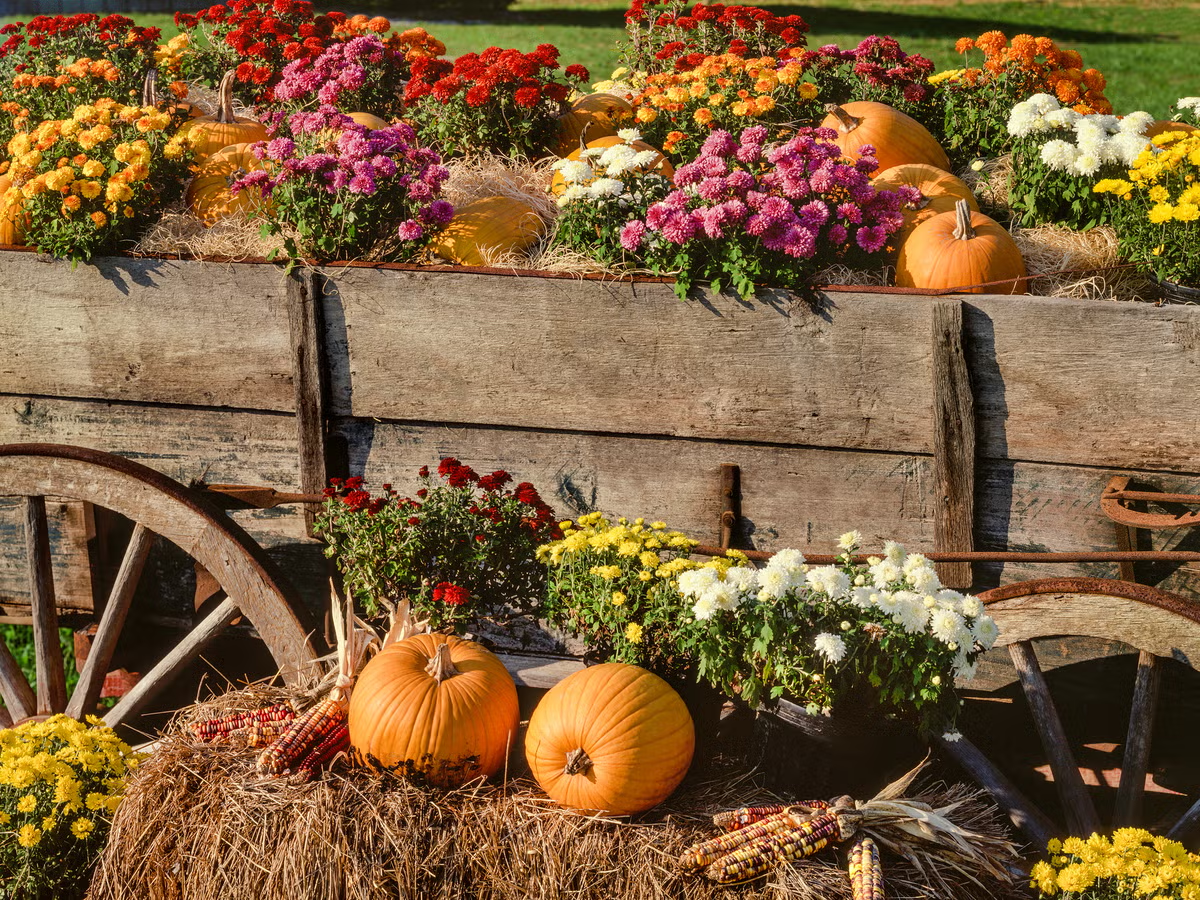

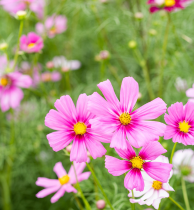
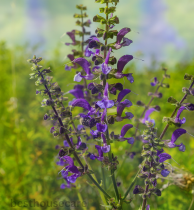
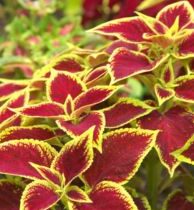
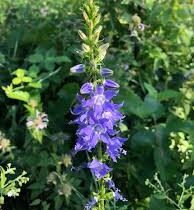
Leave a Reply
View Comments